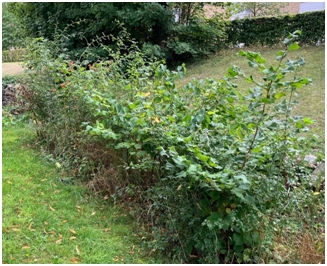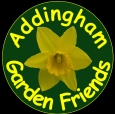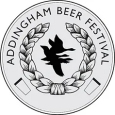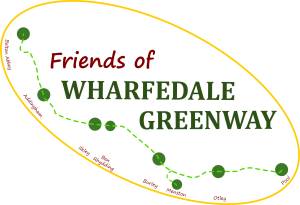1. Planting trees and hedges
Why?
Trees, especially native trees, provide habitats for a vast range of wildlife including invertebrates, birds and mammals, and trees along our becks provide cooling shade. As they grow they take up carbon (as carbon dioxide) from the atmosphere which is stored in roots, stems and branches (as organic carbon). We need trees consequently to tackle both biodiversity loss and climate change crises.
How?
 Protect existing trees in the village. Old trees are especially valuable for wildlife. Click here for information about trees in the village with Tree Protection Orders (TPO)
Protect existing trees in the village. Old trees are especially valuable for wildlife. Click here for information about trees in the village with Tree Protection Orders (TPO)- Where tree growth blocks access to light, prune them back rather than remove them
- Leave trees and bushes growing along the banks of our becks. They shade the water, provide habitat, sequester carbon, stabilise the banks from erosion and slow the flow of floodwater
- Plant small trees in gardens. Usenative species such as rowan, cherry, crab apple, birch and field maple
- If safe to do so leave trees suffering from ash die-back to die in situ but plant a replacement tree nearby. Again, usenative species such as oak, beech, field maple and lime
- Consider replacing a boundary garden fence with a hedge using native species such as hawthorn, blackthorn, hazel, holly, dog rose and honeysuckle
- Fill gaps in field boundary hedges to provide improved wildlife corridors
- Click here for advice on hedgerow management
- Grants are available for tree planting and woodland creation.Click here to find out more
- Click here to find out more about native trees.

















